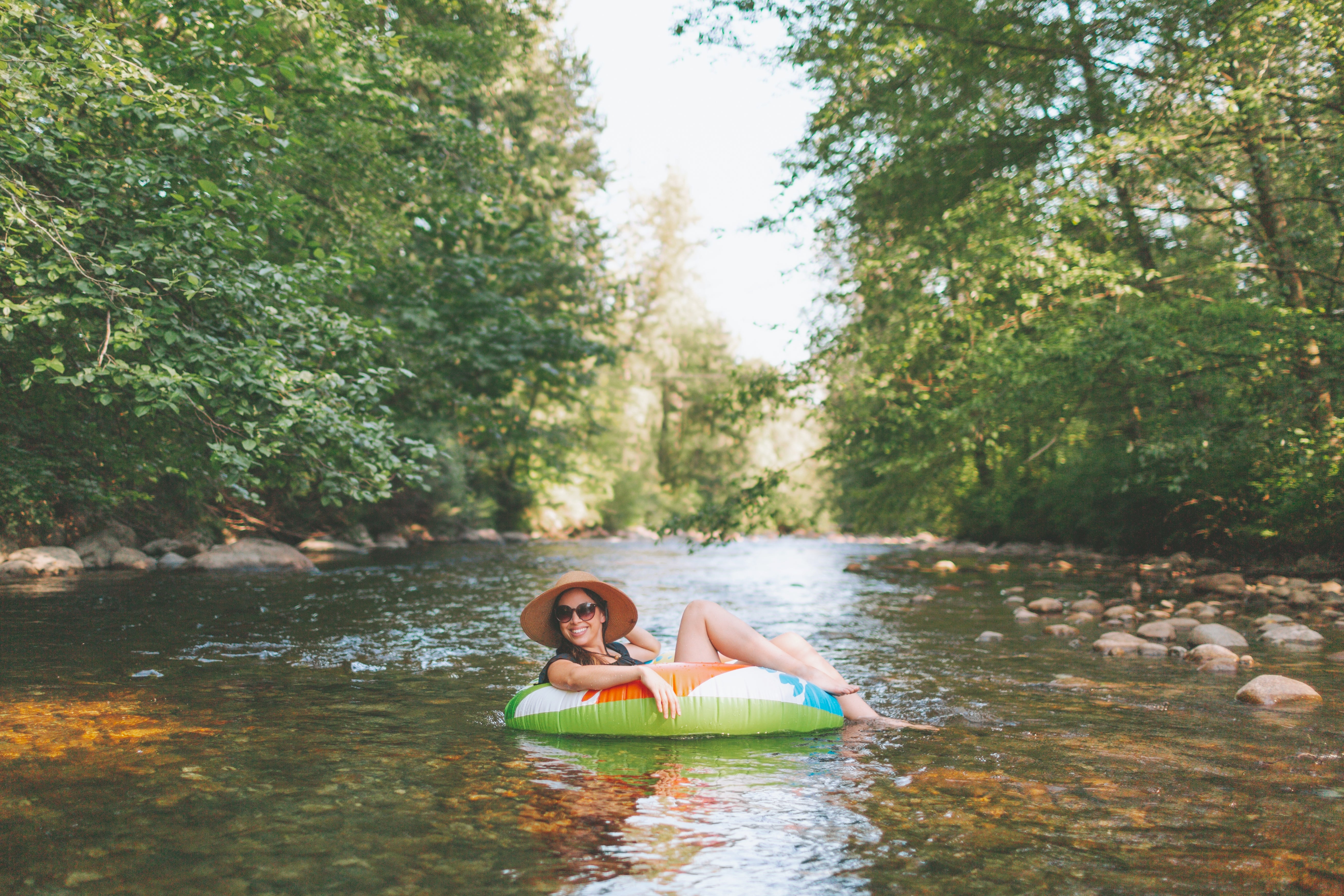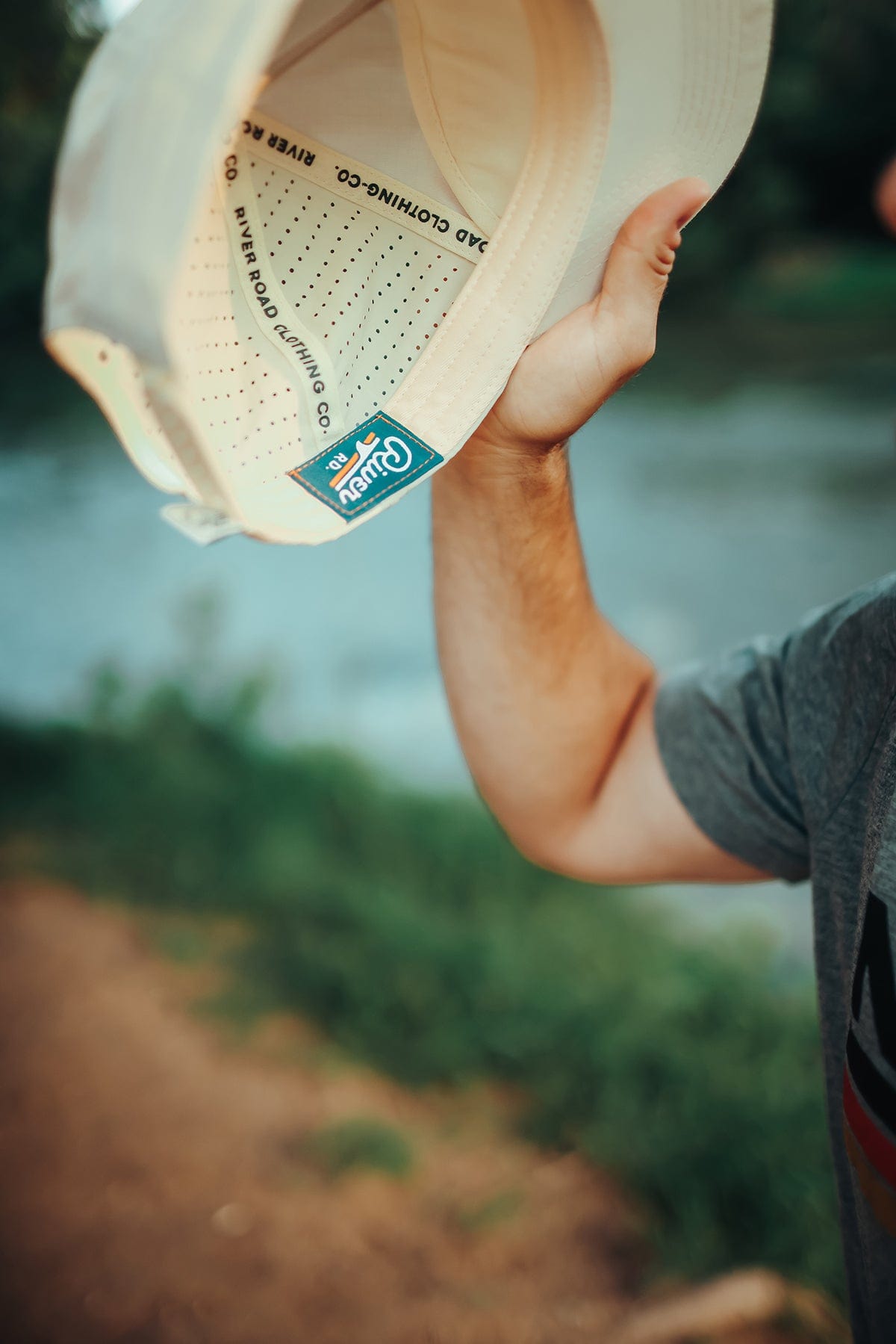Floating the river in Texas is a tradition that dates back to the early 1900s, when people began exploring the state's many rivers and streams by canoe, raft, and inner tube. While the exact origins of river floating in Texas are challenging to trace, many of the old-timers believe it began as a way to escape the heat of the grueling Texas summers—there was none of that sweet central AC pumping back then!
In the early days, floating was a relatively low-key affair, with locals using whatever equipment they had on hand to navigate the rivers. Inner tubes, which tire shops often discarded, quickly became a popular choice. Groups of friends and families would spend lazy afternoons drifting along the cool river water, enjoying the scenery as it slowly passed by.

Over time, the popularity of floating the river grew, and so did the demand for better equipment and facilities. In the 1960s, the first commercial river outfitters began operating along the Guadalupe River, offering canoe, kayak, tube rentals, shuttle services, and other amenities.
As river floating became more mainstream, it also became more regulated. In the 1970s and 1980s, the state of Texas implemented a number of rules and regulations to ensure the safety and enjoyment of those utilizing the rivers. Today, river outfitters must adhere to strict safety standards and environmental regulations.
Despite these changes, the spirit of floating in Texas remains much the same as it was a century ago. It is a simple activity—nowhere to go once you start to flow—that allows people to connect with nature, unwind, and have fun. It is a chance to slow down, unplug, and enjoy the company of others. The Guadalupe River is the most well-known for floating in Texas, attracting hundreds of thousands each year.
Other popular rivers for floating in Texas include the Comal River, the Frio River, and the San Marcos River. These rivers offer a range of experiences, from scenic and tranquil floats to more lively stretches with small rapids and faster currents.
READ MORE IN OUR FLOATING THE RIVER TIPS & TRICKS BLOG
Great Texas Rivers for Floating
Guadalupe River Comal River
Frio River Brazos River
San Marcos River Medina River
Nueces River Sabinal River
San Saba River Colorado River
Trinity River Pedernales River
Llano River Blanco River
Pecos River
Environmental Impacts of Floating The River In Texas
While floating the river promotes appreciation for our state’s natural resources, it can also harm wildlife, pollute the water, and detract from the natural beauty of our rivers.

Over the years, there has been some concern about the environmental impact of floating in Texas. Large numbers of visitors, combined with the use of disposable items like cans, plastic bags, and Styrofoam coolers, have led to issues with litter and pollution in some areas. However, many river outfitters and environmental groups are working to address these issues and promote responsible river use through clean-up events and educational initiatives. This includes teaching responsible river use and encouraging visitors to minimize their environmental impact by packing out all trash, using reusable or biodegradable containers, and avoiding single-use plastics. Some outfitters also offer eco-friendly alternatives like compostable cups and reusable water bottles.
Grab a River Road Tumbler,
and you’re all set!
Floating can also impact a river’s ecosystem. Some rivers in Texas have designated areas with stricter regulations to protect sensitive habitats and species. For example, the San Marcos River has a designated "Sensitive Species Zone" where certain activities are restricted to protect endangered species, like the Texas Blind Salamander.
Follow The Rules, Be Safe, and Have Fun!
Floating the river in Texas is a beloved pastime. It is a chance to escape the heat and stress of daily life to connect with nature and each other. Want your teenager to bond with you? Put them in a raft tethered to you for four hours, and hold on!
River floating can be a fun and adventurous activity. Still, it is important to be mindful of your presence on the water and to take steps to minimize your impact wherever possible. By working together, river outfitters, visitors, and locals can ensure that Texas's rivers remain healthy and vibrant for generations to come.




Share:
Tips to Get You Ready for River Floatin’ Season
Don’t Go Out There Looking Like a Dummy! Choose the Right River Road Hat for Your Face